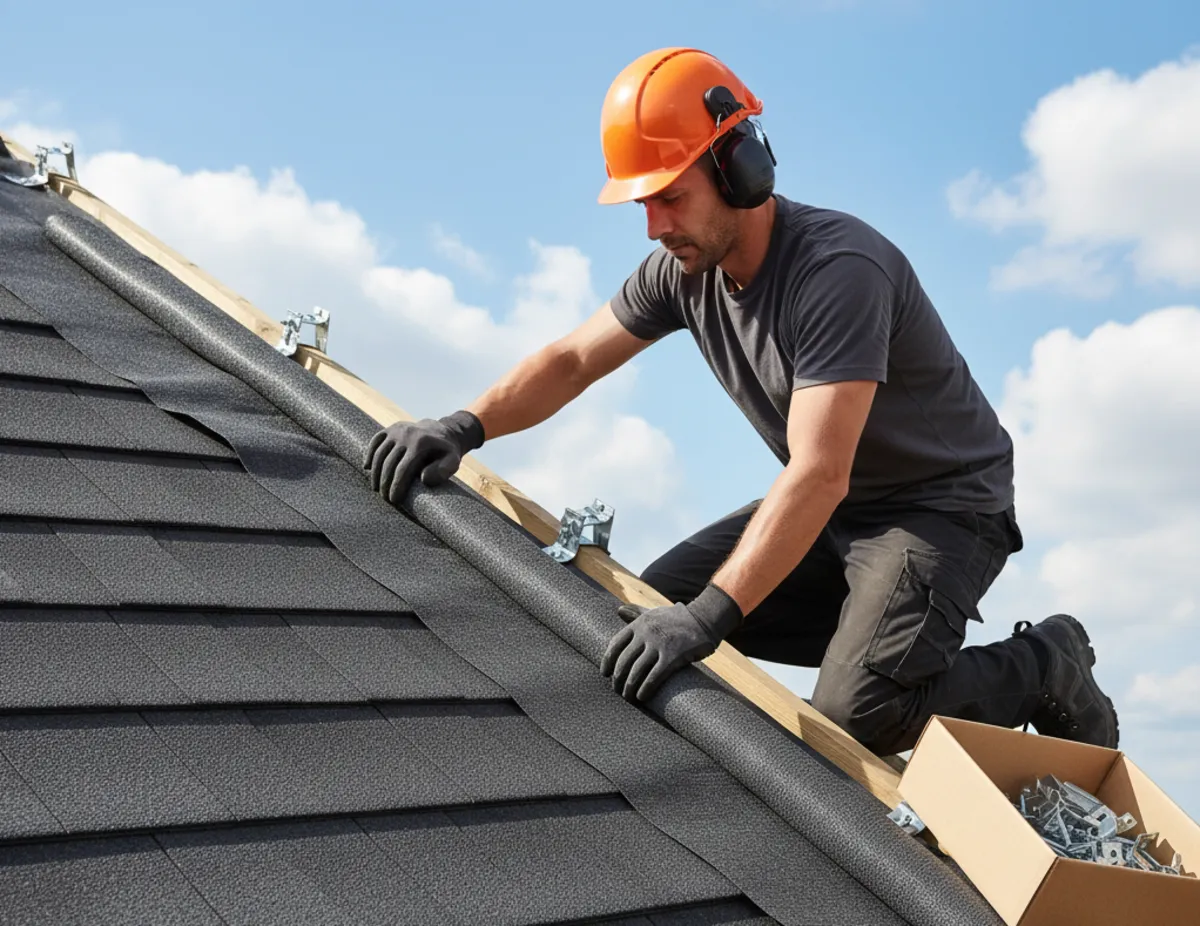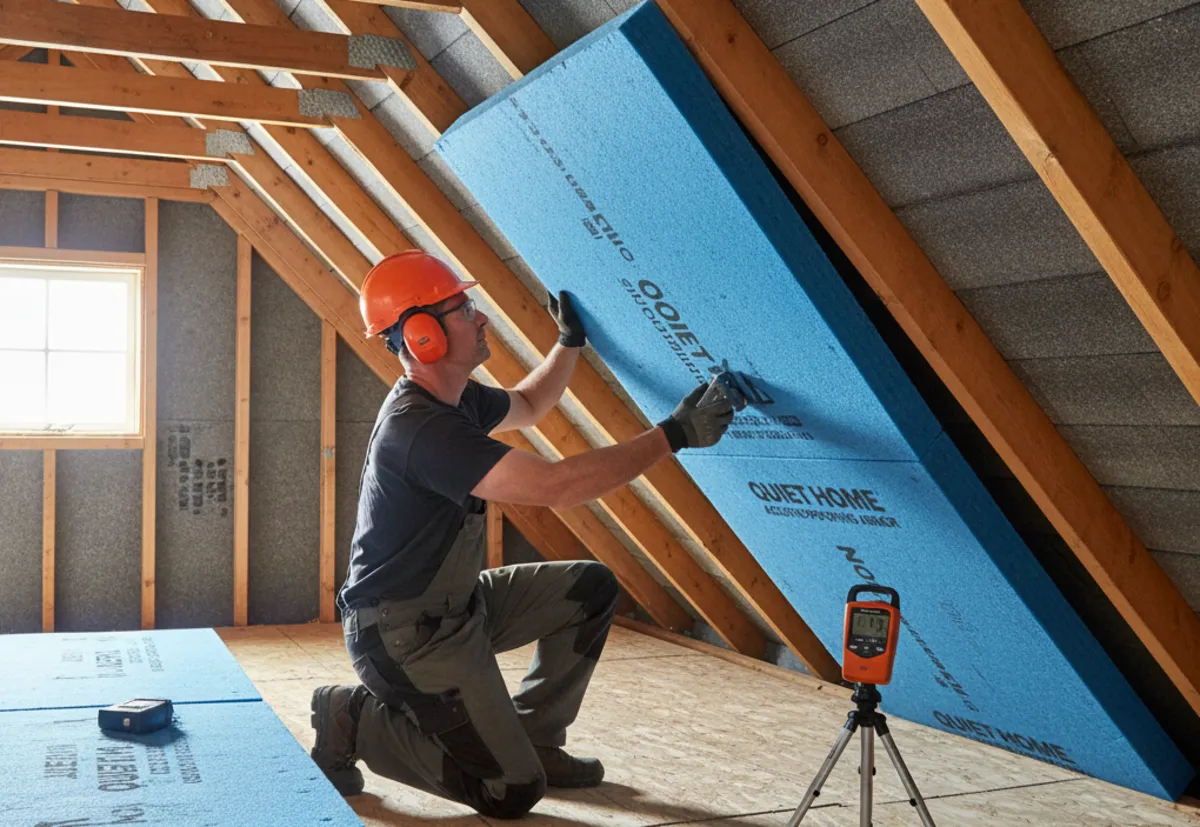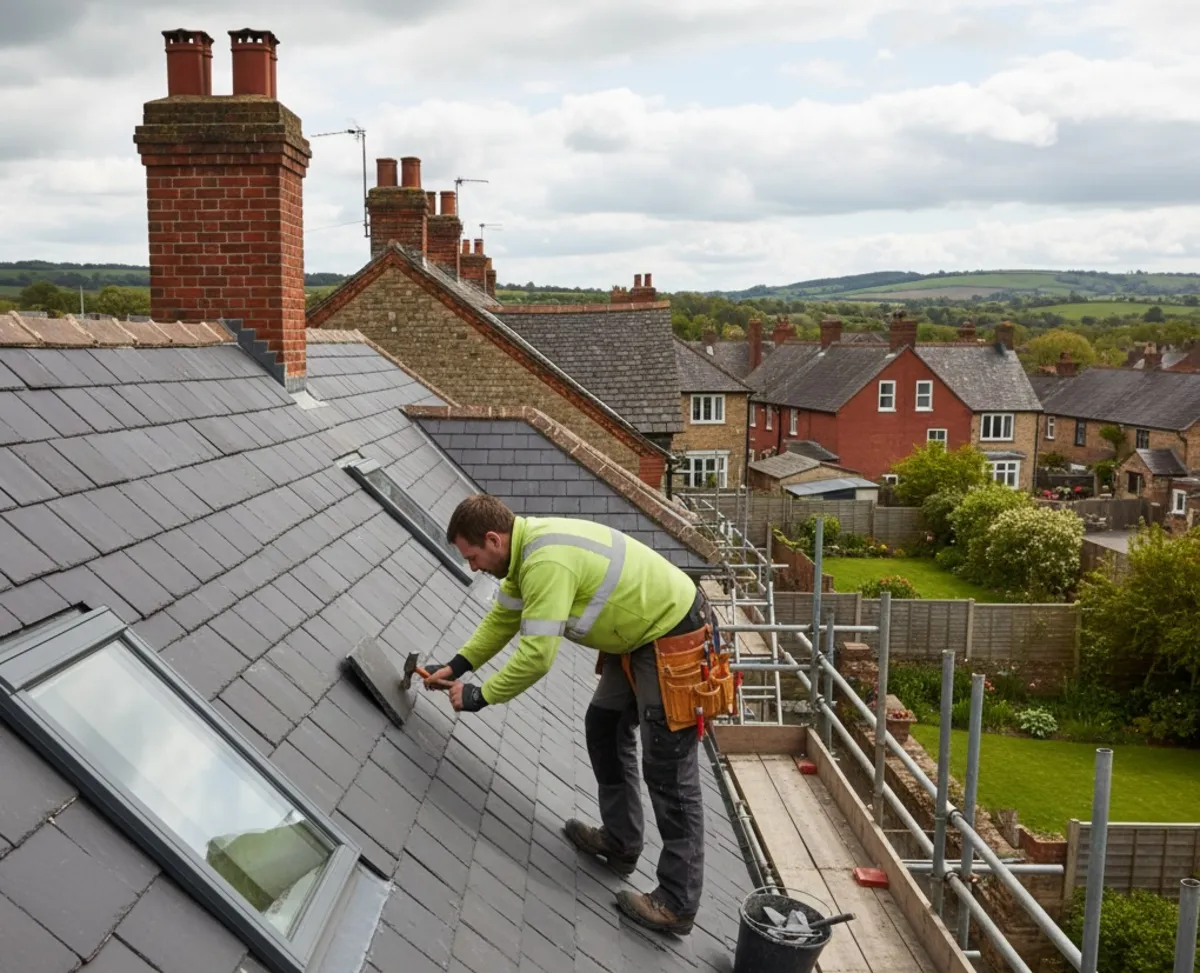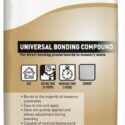18 Sep 2025
The Ultimate DIY Guide to Insulating Your Garden Shed: A Breathable Approach
In this comprehensive guide, we'll delve into the world of breathable membranes, explain why they are a game-changer for garden shed insulation, and walk you through the entire process, from preparation to the final touches.

Is your garden shed a sanctuary or a storage space that’s damp and mouldy? For many, a shed starts as a place to keep gardening tools but quickly becomes a versatile extension of the home—a workshop, a hobby room, a home office, or even a tranquil ‘she-shed’ or ‘man cave.’ To make this a reality, proper insulation is non-negotiable.
While traditional insulation methods are a great start, a crucial component often overlooked by DIY enthusiasts is the breathable membrane. This single layer can make the difference between a shed that’s a year-round haven and one that’s a damp, frustrating space. And no, they are not just for roofing!
Why Breathable Membranes are a Game-Changer for Sheds
Before we get into the “how,” let’s explore the “why.” You might be thinking, “Can’t I just use a standard vapour barrier or some plastic sheeting?” The simple answer is no. While an impermeable barrier might seem like a good idea to keep water out, it creates a serious problem: trapping moisture in.
A garden shed, by its very nature, is a living, breathing structure. Temperature fluctuations and the presence of objects inside (e.g., damp tools, a heater, or even a kettle for a cup of tea) all contribute to the creation of water vapour. When this warm, moist air meets a cold surface, it condenses, leading to interstitial condensation—moisture trapped within the wall cavity. This trapped moisture is the perfect breeding ground for mould, mildew, and rot, which can quickly destroy your insulation and the very timber frame of your shed.
This is where a breathable membrane, also known as a vapour-permeable membrane or breather membrane, comes in. Think of it as a high-tech coat for your shed. It’s a dual-purpose material that is highly resistant to liquid water from the outside but allows water vapour to pass through it from the inside. This one-way permeability is what makes it such an effective layer. It keeps external rainwater from penetrating the wall cavity while allowing any internal moisture to escape, preventing the destructive cycle of condensation.
Key Benefits of Using a Breathable Membrane
- Prevents Condensation and Damp: This is the primary function. By allowing water vapour to escape, it keeps your insulation dry and effective, protecting your shed’s structure from rot and mould.
- Weather Protection: It provides a crucial second line of defence against wind-driven rain and moisture, particularly in older sheds where the outer cladding may have gaps.
- Improved Thermal Performance: A dry insulation layer is an effective one. If insulation gets wet, its thermal properties are severely compromised. The membrane ensures your chosen insulation material (whether it’s mineral wool, PIR boards, or something else) performs at its best, keeping your shed warmer in winter and cooler in summer.
- Enhanced Airtightness: When installed correctly and taped at the seams, a breathable membrane can significantly improve the airtightness of your shed, reducing draughts and heat loss.
- Protection for Your Investment: A properly insulated shed with a breathable membrane will last longer, protecting the value of your shed and the tools or equipment stored inside.
Breathable Membrane vs. Vapour Barrier: The Crucial Difference
This is a common point of confusion for many DIYers. Knowing the difference is vital for a successful project.
- Vapour Barrier (VCL – Vapour Control Layer): This is an impermeable layer, typically made of plastic sheeting or foil. Its purpose is to stop moisture from getting into the wall cavity in the first place. They are installed on the inside of the insulation (on the warm side) in a well-ventilated building to prevent warm, humid air from reaching the colder outer wall where it would condense.
- Breathable Membrane: This is a vapour-permeable layer. Its purpose is to allow any moisture that has managed to get into the wall cavity to escape. It is installed on the outside of the insulation (on the cold side), directly behind the external cladding.
In a garden shed, particularly one with a simple timber frame, a breathable membrane is often the most critical component. It provides essential protection against external water ingress while still allowing the structure to “breathe.” In some professional builds, both a breathable membrane on the outside and a VCL on the inside are used for a truly airtight and moisture-controlled envelope, but for most DIY shed projects, focusing on the external membrane is the most impactful step.
Step-by-Step Guide to Installing a Breather Membrane
Before you start, gather all your materials. You will need:
- Roll of breathable membrane (check the ‘gsm’ rating; a higher number indicates greater durability).
- Heavy-duty staple gun and staples.
- Sharp utility knife or scissors.
- Breathable membrane tape to seal the overlaps.
- Tape measure.
- Optional: Timber battens for the ventilation cavity.
Step 1: Prepare Your Shed’s Walls
Start with a clean slate. Remove any old insulation, debris, or fixings from the wall studs. This is your chance to inspect the timber frame for rot or damage. Any rotten sections should be replaced. Ensure the surface is dry and free of any major gaps. Seal any small holes or cracks in the timber with a suitable weatherproof sealant.
Step 2: Begin the Installation
Start at the bottom of one of your shed’s walls. Roll out a section of the breathable membrane horizontally, ensuring it extends from one corner to the other. Leave a small overhang at the bottom to wrap under the floor if possible, and at the vertical corners for a continuous seal. Using your staple gun, staple the membrane securely to the timber studs, spacing the staples every 15-20cm.
Step 3: Layer the Membrane
Once the first row is installed, roll out the next section. This is a critical step for preventing water ingress. The second layer must overlap the first by at least 100mm (or as recommended by the manufacturer), creating a shingle-like effect. This ensures that any rainwater that might get past the external cladding will run down the face of the membrane, over the overlap, and not into the wall cavity. Continue this process, stapling each layer to the studs and overlapping the one below it, until you reach the top of the wall.
Step 4: Seal the Seams and Corners
For maximum effectiveness, use breathable membrane tape to seal all the vertical and horizontal overlaps. This not only reinforces the waterproof barrier but also significantly improves the shed’s airtightness, reducing draughts. When you reach a corner, wrap the membrane around the corner stud and continue the process on the next wall. Tape the corner seam to create a continuous, uninterrupted barrier.
Step 5: Insulate the Wall Cavities
With your breathable membrane in place, you are ready to install your primary insulation material. Cut your chosen insulation (e.g., mineral wool, rigid foam boards, or a reflective multi-foil insulation) to fit snugly between the timber studs. Friction fitting is often enough to hold the insulation in place, but you can use an adhesive or small battens to secure it if needed. For optimal performance, ensure there are no gaps.
Step 6: Create the Ventilation Cavity (Optional but Recommended)
If you’re using a thick insulation material like mineral wool or rigid boards, it’s best practice to create a small ventilation gap between the membrane and the external cladding. This is achieved by installing vertical timber battens (approximately 25mm thick) over the membrane, stapling them to the studs. The external cladding is then fixed to these battens, leaving a small air gap that allows for continuous airflow and helps to dissipate moisture.
Step 7: Finalise the Interior
Once the insulation is installed, you can cover it with a finishing layer, such as plywood, OSB board, or plasterboard. This protects the insulation, gives the shed a professional, finished look, and provides a surface for mounting shelves or other fixtures. Remember to add a vapour control layer on the inside of the insulation if your shed will be a high-humidity environment, such as a workshop where you use a kettle or stove.
Answering Your Questions
This section is designed to address common questions and provide in-depth, expert-backed answers to help you make informed decisions about your shed insulation project.
Is a breathable membrane really necessary for a simple garden shed?
Yes, absolutely. While many older sheds function without one, they are almost always susceptible to condensation, damp, and rot over time. A breathable membrane is a fundamental component of a modern, vapour resistant, and long-lasting insulated structure. It protects your expensive insulation from moisture, keeps the timber frame healthy, and significantly extends the life of your shed. The cost of a roll of breathable membrane is minimal compared to the long-term damage it prevents.
What’s the difference between a breathable membrane and damp proof membrane (DPM)?
This is a critical distinction. A damp proof membrane (DPM) is a fully waterproof and airtight barrier, typically used under concrete floors to prevent rising damp. It is not vapour-permeable. Using a DPM on your shed walls or roof would trap moisture inside, leading to severe condensation problems. A breathable membrane, by contrast, is designed specifically to be vapour-permeable, allowing moisture to escape while still stopping liquid water from getting in. Using the right material in the right place is essential for a successful outcome.
Can I use bubble wrap as a cheaper insulation alternative?
Bubble wrap is often seen as a budget-friendly option, and while it can provide a minimal thermal break, its effectiveness is limited. It’s an airtight material, which means it can trap moisture and cause condensation, leading to the problems we’ve discussed. Additionally, it offers poor thermal resistance and is highly susceptible to damage. For a shed that you want to use year-round, investing in a proper insulation material like PIR boards, mineral wool, or multi-foil insulation is a much better long-term solution. Combining a quality insulation with a breathable membrane provides a far more effective and durable result.
How do I know what thickness of insulation I need for my shed?
The required thickness depends on your shed’s purpose and your budget. For a basic storage shed, a thin layer of insulation might be enough. However, if you’re creating a garden office or workshop, you’ll want to aim for a higher thermal performance. The ‘U-value’ of the wall, floor, and roof will tell you how well a structure retains heat. The lower the U-value, the better the insulation. For most shed projects, a minimum of 50mm to 100mm of insulation is recommended for walls and roofs. Using a reputable insulation product with a stated R-value (a measure of thermal resistance) will give you a clear indication of its performance.
Do I need to insulate the shed’s floor and roof as well as the walls?
A: Yes, it is highly recommended. Heat rises, and a significant amount of heat can be lost through an uninsulated roof. Similarly, a cold floor can make the entire space feel chilly and damp, as moisture can rise from the ground. For a truly comfortable, year-round space, you should insulate all three areas: the walls, the roof, and the floor. The installation process is similar for all areas—ensure you have a breathable membrane on the external side and a continuous insulation layer with no gaps.
Can I insulate my metal or plastic shed?
A: Insulating a metal or plastic shed can be more challenging than a wooden one, as they typically lack the internal timber studs to hold the insulation in place. However, it is possible. You would first need to build a timber frame on the inside of the existing walls and ceiling. This frame would serve as the structure to which you attach the breathable membrane and insulation. You would then follow the same steps as for a wooden shed, ensuring all seams and corners are taped to prevent moisture ingress. The most common choice for metal sheds is rigid foam board insulation, as it can be easily cut to fit and secured with an adhesive.
Conclusion
By incorporating a breathable membrane into your garden shed insulation project, you are not just adding a layer of material; you are providing a critical defence against moisture, condensation, and the long-term degradation of your structure. It’s an investment in the health, comfort, and longevity of your shed. With a well-insulated, breathable space, your garden shed can truly become the functional, year-round haven you’ve always dreamed of.
We hope this guide provides you with the knowledge and confidence to tackle this project. If you have more questions about specific materials or the insulation process, feel free to ask for a more detailed step-by-step guide tailored to your specific shed type.








